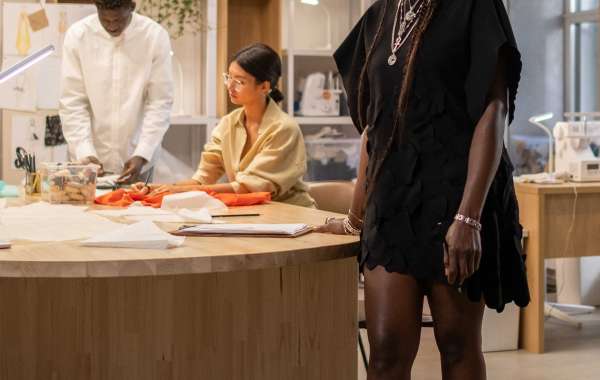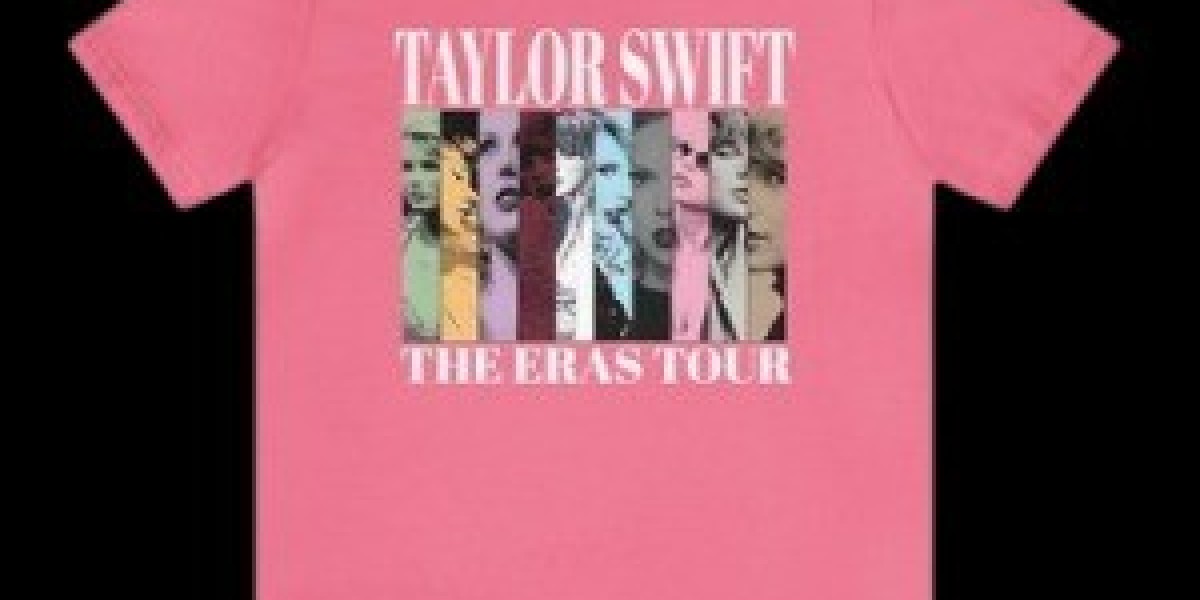Introduction:
Fashion designing is an exquisite art form that transcends mere clothing creation, embodying the essence of creativity, innovation, and aesthetics. The world of fashion design is a captivating realm where visionaries bring fabrics to life, transforming them into alluring garments that define eras, cultures, and individual identities. In this comprehensive article, we will embark on a journey through the evolution, creative process, cultural impact, and future trends of fashion designing.
- The Evolution of Fashion Designing:
Fashion designing has an illustrious history, dating back to ancient civilizations that adorned themselves with fabrics woven with skill and artistry. Early clothing served both practical purposes and symbolized cultural identities. The concept of fashion as we know it today emerged during the Renaissance, when artisans started creating clothing that expressed individuality and artistic expression. Subsequent centuries saw the rise of renowned designers and significant fashion movements, each influencing the course of fashion history.
- The Role of a Fashion Designer:
A fashion designer is the mastermind behind every design that graces the runway and fills our wardrobes. Their role encompasses a diverse set of skills, including trend analysis, market research, conceptualization, sketching, pattern-making, fabric selection, garment construction, and overseeing the production process. Fashion designers are not only artists but also strategic thinkers, aiming to create collections that captivate consumers while staying true to their creative vision.
- The Creative Process:
At the heart of fashion designing lies the creative process, where inspiration transforms into tangible garments. The journey starts with seeking inspiration from diverse sources, such as nature, art, architecture, history, or personal experiences. Designers then translate these ideas into mood boards, sketches, and fabric swatches. The process involves numerous iterations, adjustments, and fine-tuning to bring the concept to life. Collaboration with a team of skilled artisans, pattern-makers, and seamstresses is vital in realizing the final designs.
- Bridging Art and Commerce:
Fashion designing is not solely about creating beautiful pieces; it is also a business that thrives on trends, consumer preferences, and marketing strategies. Successful designers strike a delicate balance between artistic expression and commercial viability. They must cater to ever-changing consumer demands while maintaining a distinct design identity that sets them apart from competitors. Building a brand image, establishing a loyal customer base, and strategizing marketing campaigns are integral aspects of the fashion industry.
- Fashion Designing and Cultural Expression:
Fashion serves as a powerful medium for cultural expression, allowing designers to convey historical narratives, societal values, and contemporary perspectives. Designers draw inspiration from diverse cultures, merging traditional elements with modern aesthetics to create unique pieces that transcend borders. However, cultural appreciation must be done with sensitivity and respect, as fashion has faced criticism for cultural appropriation.
- Sustainability and Ethical Practices:
In an era of environmental awareness and social consciousness, the fashion industry faces increasing pressure to adopt sustainable and ethical practices. Fashion designers are taking strides to minimize the environmental impact of their creations by using eco-friendly materials, promoting recycling and upcycling, and embracing ethical labor practices. Initiatives like slow fashion and circular fashion are gaining traction, emphasizing quality over quantity and reducing waste in the industry.
- The Power of Fashion Shows:
Fashion shows remain the grand stage for designers to showcase their collections to a global audience. These theatrical events are more than just displays of garments; they are immersive experiences that convey the designer's vision and storytelling abilities. Runway shows set trends, influence fashion editors and buyers, and create buzz on social media platforms. They are essential in establishing a designer's reputation and setting the tone for the upcoming season.
- Technology's Impact on Fashion Designing:
The digital revolution has revolutionized the fashion industry, altering the way designers create, showcase, and market their collections. Advanced software aids in pattern-making and 3D visualization, enhancing efficiency and precision in design. Social media platforms serve as crucial tools for designers to engage with their audience, build brand identity, and gain valuable feedback. E-commerce has reshaped the retail landscape, offering designers new avenues to reach consumers worldwide.
Conclusion:
Fashion designing is an ever-evolving art form that merges creativity, culture, and commerce. From its humble beginnings in ancient civilizations to becoming a global industry worth billions, fashion design's journey is a testament to human ingenuity and expression. As we move towards a more sustainable and inclusive future, fashion designers have the power to shape not only what we wear but also the values and stories we choose to embrace. With innovation, responsibility, and passion, fashion designers will continue to weave the threads of creativity, connecting the world through the art and craft of fashion designing.










